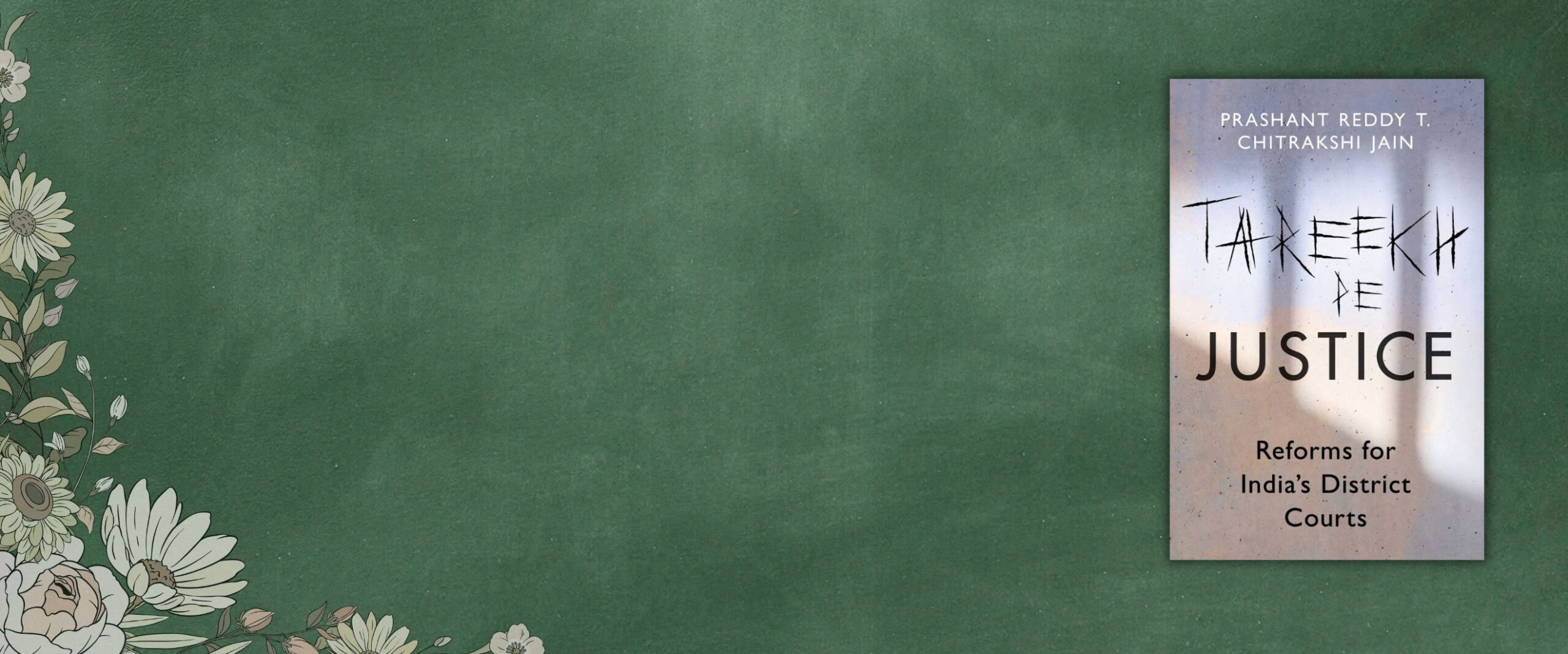Analysis
‘SC orders to increase funding for district judiciary read like royal firmans’
In a new book on the district judiciary, the authors argue that SC orders on lower courts often fail to articulate constitutional basis

Post Independence, the first tectonic shifts regarding the funding of the judiciary took place in the early 1990s when the All India Judges Association, a body representing the interests of the judges staffing the district judiciary, began petitioning the Supreme Court by way of PILs. In a series of judgments passed in these PILs, the Supreme Court has unilaterally ordered the Union and state governments to increase the salaries and retirement ages of the judges of the district judiciary. It also ordered the state to provide housing, conveyance and additional allowances to the judges of the district judiciary.
At the time, the state and the Union governments raised rightful objections questioning the power of the court to issue such directions since decisions regarding spending of public money have always been the domain of the legislatures. As per the Constitution, appropriation bills withdrawing money from the state exchequer are required to be voted upon in state legislatures. The court simply rejected the objections raised by the lawyers for the Union and state governments without explaining the basis of its power to order such remedies.
In later judgments, it continued to pass directions, which included the setting up of a National Judicial Pay Commission to provide suggestions on revising pay scales of judicial officers followed by a set of orders directing the Union and state governments to ensure the revised pay scales were enforced. The court’s judgments in these cases failed to articulate the basis of its constitutional power to compel the legislature to increase funding for the judiciary. For most part, these judgments of the Supreme Court read like royal firmans, not reasoned orders by a court of law.
A committee set up by the Supreme Court in 2008, in another case dealing with judicial reforms and headed by a retired judge of the court, sought to legitimize these practices of the court by relying on American precedents where courts have used the ‘inherent powers’ doctrine to compel the state to fund the judiciary.
This is a poor comparison since American courts have invoked the inherent powers doctrine on rare occasions, when faced with budgetary cuts, in order to meet the basic financial requirements necessary to continue providing services previously available to litigants. In contrast, the Supreme Court of India, in the AIJA cases, compelled the state legislatures to award salary hikes, additional allowances and perks like housing and vehicles to the district judiciary.
To make matters worse, the Supreme Court has displayed little tolerance for arguments by state governments on their inability to meet the court’s orders to increase spending on the judiciary, given competing spending priorities. The court has simply dismissed these objections by remarking that ‘it is for the States to increase the court fee or to approach the Finance Commission or the Union of India for more allocation of funds’.
There appears to have been little concern within the court that increased court fees would also increase the costs of litigation for the ordinary litigant on whom the burden falls of paying the court fees. It also bears noting that when states like Tamil Nadu have resorted to increasing court fees, they have faced significant pushback from both the Madras High Court and the bar.
In one instance, the Madras High Court demanded that the Revenue Secretary be present before the court if the recommendations of a court-appointed expert committee to reduce court fees for civil suits by 2-3 per cent was not given effect by the state government. When faced with such a situation, the government has no choice but to divert funding from other areas of governance towards the judiciary.
The larger problem with the Supreme Court’s poorly articulated judicial activism in the AIJA cases is that it set a precedent for the High Courts to start passing broader orders forcing state legislatures to spend public funds on the judiciary without having to negotiate budgetary demands with the executive.
For example, in March 2024, the Delhi High Court passed a judicial order directing the Delhi Government to sanction a proposal of Rs 387 crore of public funds for the purchase of video-conferencing equipment for the district courts of Delhi in order to permit ‘hybrid hearings’ wherein lawyers could argue before courts from the comfort of their offices without being physically present before the court.
The legislature, however, never mandated hybrid hearings as a requirement for the district judiciary. It was the High Court which mandated hybrid hearings, without taking stock of whether the facilities and budgetary resources were available. When a PIL was filed before the Delhi High Court pointing out that the district judiciary lacked the necessary equipment and that judges were holding hearings on their mobile phones, a bench of two judges went about ordering the Delhi Government to provision money for the equipment.
But the sum of Rs 387 crore for this project was more than twice the total capital expenditure of Rs 151 crore allocated in the annual budget of the Government of Delhi for the infrastructural needs of the judiciary, with most of it being earmarked for the building and maintenance of courtrooms. States typically do not budget for capital spending on the judiciary’s digital infrastructure because the Union government funds this project under a Central Sector Scheme where the funding priorities are controlled by the e-committee of the Supreme Court. None of these complexities and realities feature in the order of the Delhi High Court instructing the government to spend a whopping Rs 387 crore on video-conferencing equipment.
(Excerpted with permission of Simon & Schuster India from Tareekh Pe Justice Reforms for India’s District Courts, by Prashant Reddy T. and Chitrakshi Jain)
Read other book excerpts published on the Supreme Court Observer here.